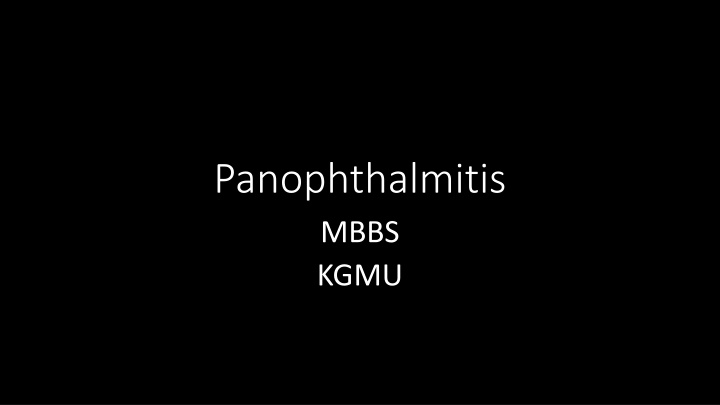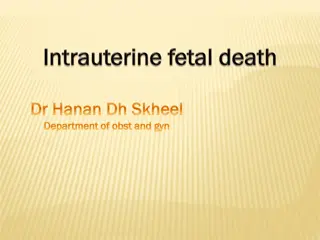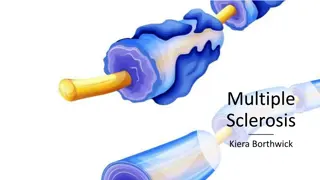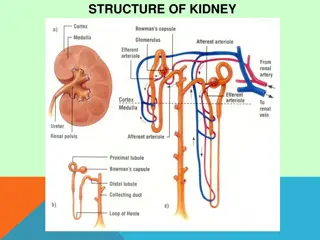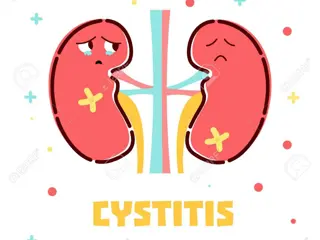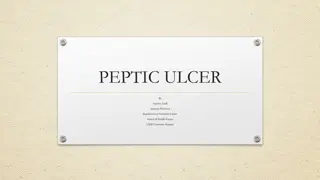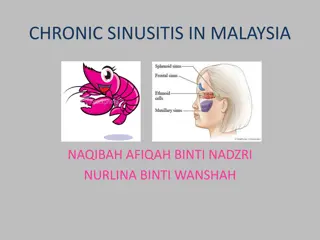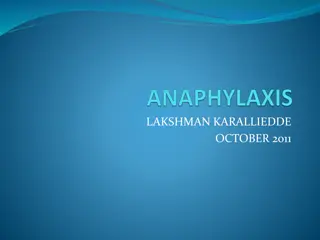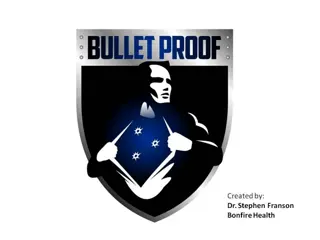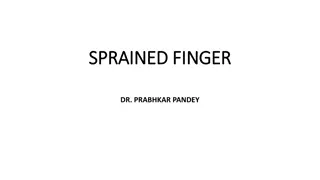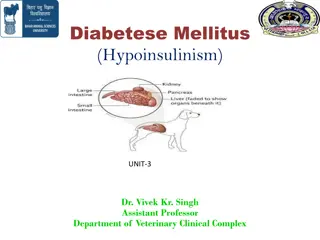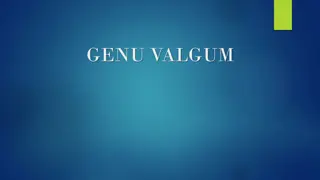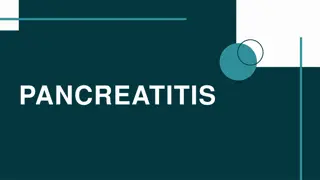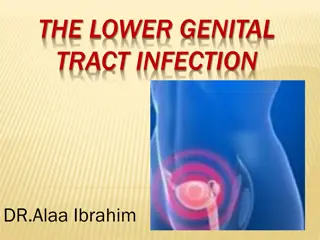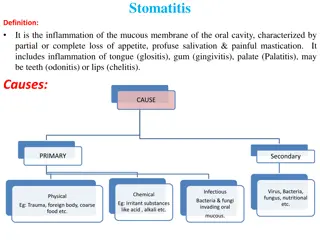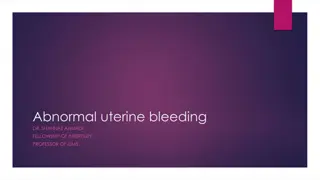Overview of Panophthalmitis: Causes, Symptoms, and Treatment
Panophthalmitis is a severe eye condition involving acute suppurative inflammation and necrosis of the eyeball's structures. Learn about its causes, clinical presentation, and treatment options, including medical and surgical approaches to manage the condition effectively and prevent complications like orbital cellulitis and cavernous sinus thrombosis.
Download Presentation

Please find below an Image/Link to download the presentation.
The content on the website is provided AS IS for your information and personal use only. It may not be sold, licensed, or shared on other websites without obtaining consent from the author.If you encounter any issues during the download, it is possible that the publisher has removed the file from their server.
You are allowed to download the files provided on this website for personal or commercial use, subject to the condition that they are used lawfully. All files are the property of their respective owners.
The content on the website is provided AS IS for your information and personal use only. It may not be sold, licensed, or shared on other websites without obtaining consent from the author.
E N D
Presentation Transcript
Panophthalmitis MBBS KGMU
What is panophthalmitis Acute suppurative inflammation & necrosis of the structures of the eyeball, including all the outer coats - sclera & cornea & Tenon s capsule.
Causes of panophthalmitis Uncontrolled infection involving all coats of eyeball: Penetrating injuries. Fulminant post-operative endophthalmitis. Bleb infection after trabeculectomy. Buckle or band infection after retinal detachment surgery. Spread of infection from sinuses, adnexa. Ruptured globe due to pre-existing posterior staphyloma/ necrotising scleritis.
Clinical picture of panophthalmitis Systemic features of toxaemia: Fever, headache, malaise. Ocular movements restricted & painful. Chemosis of conjunctiva, lid oedema. Edges of wound / corneal incision becomes yellowish & necrotic. Corneal infiltrates & sloughing begins. Hypopyon worsens. PL (perception of light) absent / doubtful.
Most dreaded complication is Cavernous sinus thrombosis
Treatment of panophthalmitis Find the cause & any associated debilitating condition. Treat the cause. Medical treatment: Systemic antibiotics. Topical antibiotics fortified. Cycloplegics. Anti-inflammatory. Surgical treatment: Evisceration / Frill excision.
If panophthalmitis gets controlled by medical management, no further treatment may be needed. Phthisis bulbi may result.
When to eviscerate the eyeball. Uncontrolled infection & loss of perception of light despite adequate treatment. Impending progression to orbital cellulitis.
Enucleation is contra-indicated in panophthalmitis Optic nerve or its sheath should NOT be touched in panophthalmitis. Infection may spread to intra-cranial space.
Empty scleral shell after eviscerating intra-ocular contents
Bio-integrable porous hydroxyapatite implant (with vascularisation) + customised prosthesis
Implant inside scleral coat after evisceration + customised prosthesis
Socket (complete healing after evisceration) Prosthesis will be placed here
Methods of removal of eye 1. Evisceration only intra-ocular contents are removed. 2. Enucleation: Intact globe is removed. Optic nerve & muscles are cut. 3. Exenteration: All contents of orbit, including the periosteum, are removed.
Frill excision of sclera During evisceration sclera is found to be necrosed & friable. Suturing might not be possible. Enucleation is contra-indicated.
Always remember, you all represent this prestigious institution
